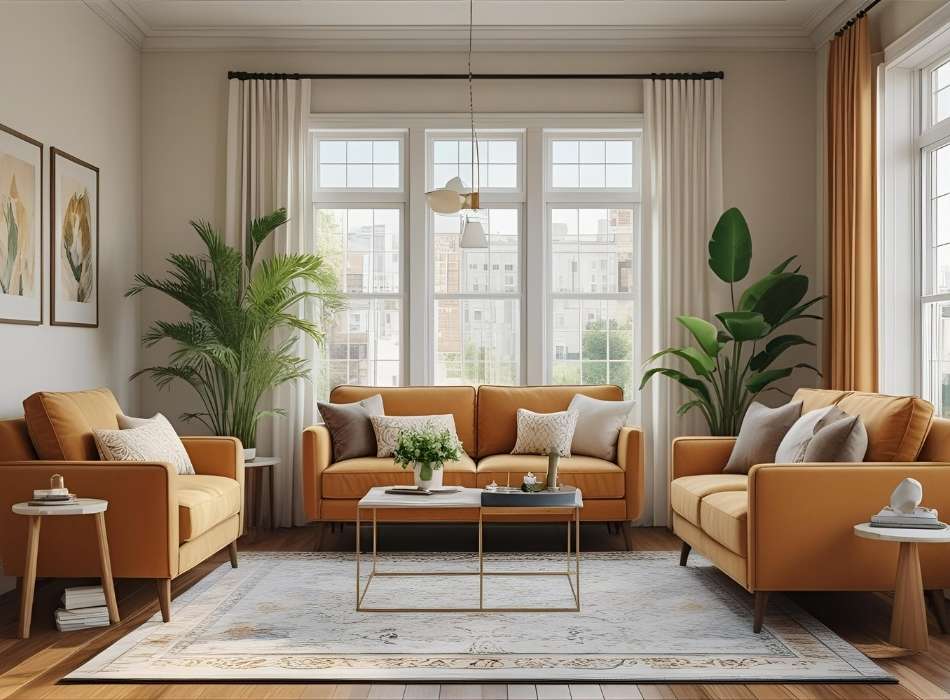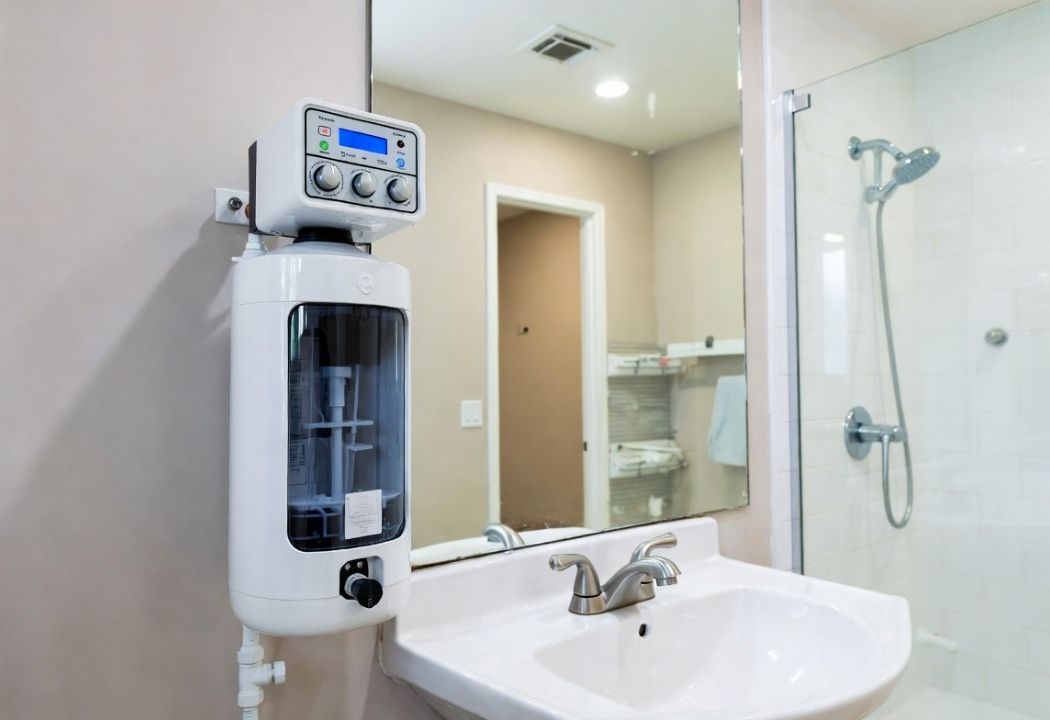Arranging furniture in a small living room can feel like solving a challenging puzzle. With limited space, every corner counts, and you want the result to be both stylish and functional. But don’t worry; you don’t need an interior design degree to make it work. With some smart planning and creative ideas, you can create a cozy, inviting living room that maximizes every square inch.
This guide walks you through practical tips and step-by-step strategies to arrange your living room furniture in a small space. By the end, you’ll feel confident in creating a layout that combines comfort, functionality, and personality.
Why Furniture Arrangement Matters in a Small Living Room
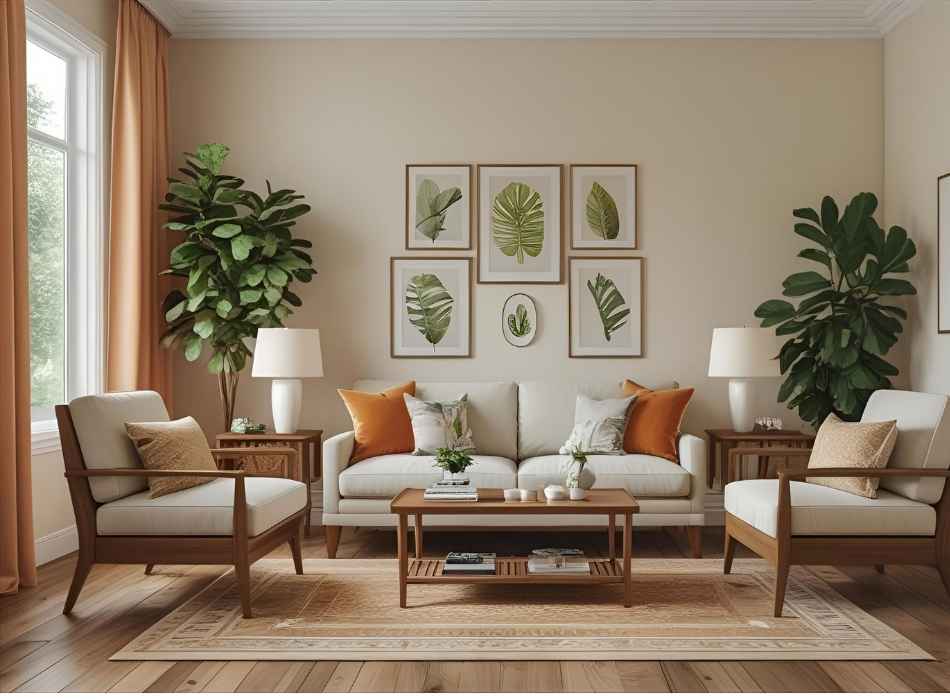
When space is limited, furniture placement is crucial for both form and function. A well-thought-out layout can:
- Maximize Space: Smart arrangements prevent your room from feeling cramped and make your space feel larger.
- Enhance Functionality: With intentional placement, you can create distinct zones for relaxing, entertaining, or working.
- Elevate Style: The right layout highlights your design aesthetic, even in a smaller footprint.
Step-by-Step Guide to Arranging Furniture in Small Living Room
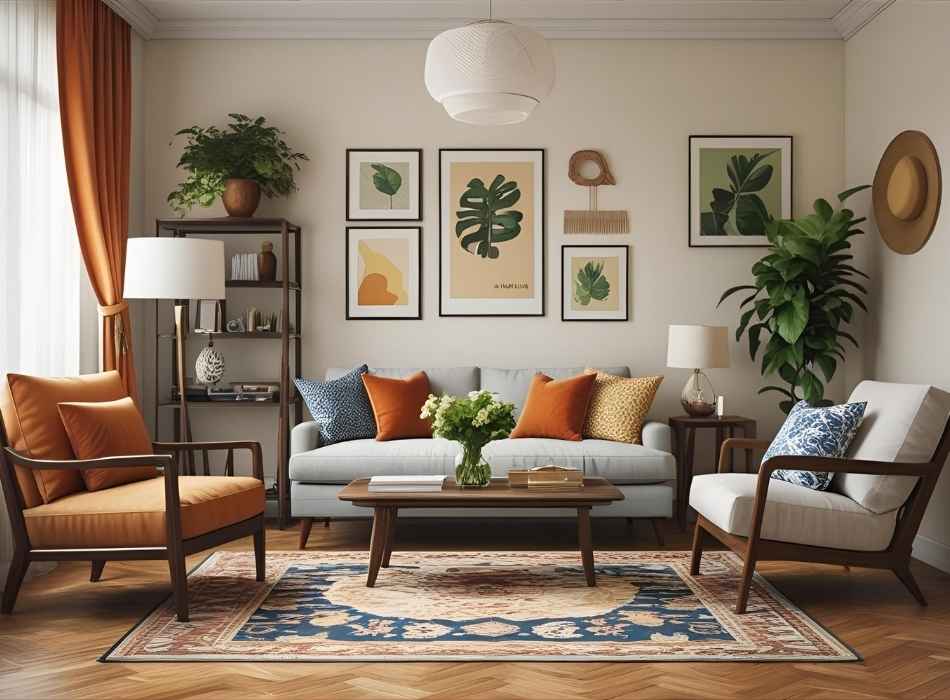
1. Assess Your Space
Before moving furniture around, start by evaluating your living room.
- Measure the Room: Take note of the dimensions, including the length, width, and height. Create a basic floor plan on paper or use a free online layout tool.
- Locate Focal Points: Is there a fireplace, large window, or TV? Identify what you want the room to revolve around.
- Understand Traffic Flow: Consider how people will move through the room. Leave clear pathways to avoid making the space feel congested.
2. Choose Multi-Functional Furniture
When space is tight, furniture needs to multitask. Look for these versatile options:
- Sofas with Storage: A couch with hidden storage is perfect for stashing blankets, board games, or extra cushions.
- Ottomans as Coffee Tables: Use an ottoman as a coffee table, extra seating, or footrest. Bonus points if it has built-in storage!
- Foldable or Nesting Tables: These can be tucked away when not in use.
- Daybeds or Futons: Great for small spaces, these can double as seating during the day and a guest bed at night.
3. Stick to a Compact Furniture Layout
Smaller rooms shine with the right layout. Here are three layouts that typically work well:
Option 1: The Conversation Zone
- Arrange two small armchairs or a loveseat across from a 2-seater sofa.
- Use a circular coffee table in the middle to save space and encourage flow.
Option 2: The Open Layout
- Float a sofa in the middle of the room, facing your focal point (like a TV or fireplace).
- Place a console table or a slim bench behind the sofa for added surface space.
Option 3: The Work & Relax Combo
- Pair a small, slim desk with a chair against one wall, while keeping the rest of the room for comfortable seating.
- Perfect for multi-use spaces or when working from home.
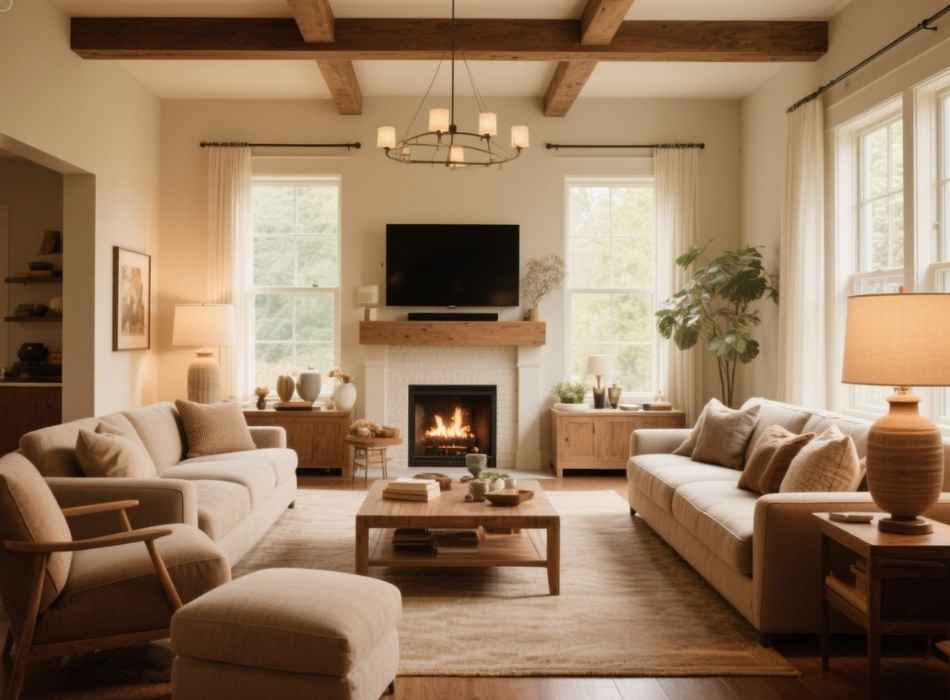
4. Prioritize a Clear View and Focal Point
Arrange furniture so that your focal point is immediately visible upon entering the room. This creates a sense of order.
- If the TV is the focal point, face your main seating toward it.
- If natural light is the focal point, arrange furniture to take advantage of windows without blocking light.
- If the fireplace is the focal point, Position seating areas around it to encourage cozy gatherings.
5. Play with Proportions and Scale
Avoid the mistake of overstuffing small spaces with oversized furniture.
- Opt for Lightweight Designs: For example, choose a streamlined sofa over a bulky sectional.
- Go Vertical: Tall shelves or narrow storage units can hold more while taking up less floor area.
- Use Visual Tricks: Light-colored furniture and pieces with exposed legs (like mid-century modern sofas or coffee tables) make a space feel airier.
6. Arrange for Functionality
Different living rooms have different needs. Tailor your layout to fit your lifestyle:
- For Families: Create open walkways and ensure you have durable, easy-to-clean pieces. Consider sectionals with washable covers for kids.
- For Entertainers: Arrange seating to facilitate conversations. Consider stools or poufs that can be easily moved around.
- For Small Apartments: Use room dividers like bookshelves or curtains to define living spaces if your living room serves multiple purposes.
7. Add the Right Accessories
Accessories can make a small room feel warm and inviting. Use them wisely:
- Area Rugs: Define your seating area with a small or medium-sized rug. Make sure it doesn’t overcrowd the space.
- Mirrors: Strategically place mirrors to reflect light and make your room feel bigger.
- Decorative Storage: Place woven baskets or decorative boxes under tables or benches for a chic storage solution.
- Lighting: Use multiple light sources, such as floor lamps, sconces, or table lamps, to avoid relying on overhead lights.
Common Mistakes to Avoid
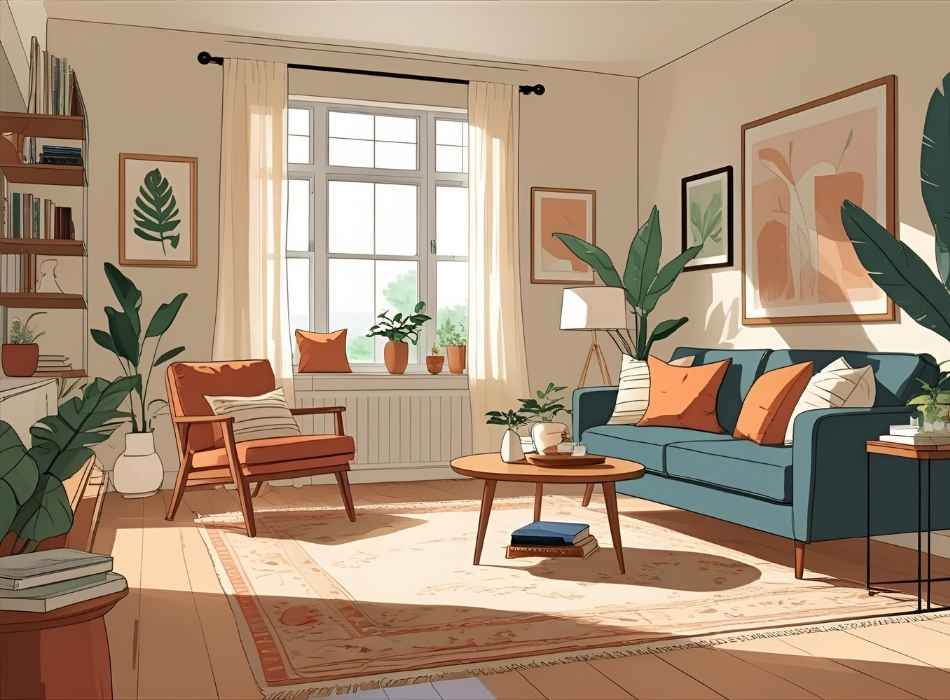
Even with great intentions, small living rooms can easily fall victim to these common errors:
- Pushing Furniture Against Walls: While it may seem like you’re saving space, floating items (even as little as a few inches) make the room feel less crowded.
- Over-decorating: Too many trinkets can make a room feel chaotic. Stick to a few impactful pieces.
- Ignoring Vertical Space: Tall bookshelves or wall-mounted shelves can add storage and style without taking up floor area.
Bring It All Together
Arranging furniture in a small living room isn’t just about fitting pieces together like a puzzle. It’s about creating a space where you can relax, entertain, and enjoy life. By focusing on functionality, proportion, and versatility, you can turn even the smallest living room into a comfortable, beautiful space.
Looking for that perfect accent piece to complete your cozy setup? Check out our simple guide on antiquing furniture for DIY statement pieces that bring charm and personality to your small space.







